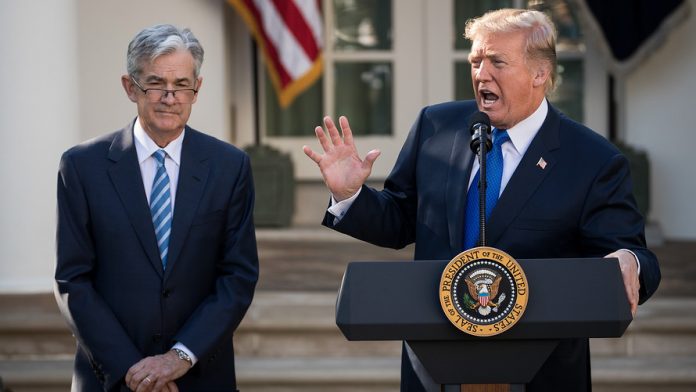For weeks now, economist have been nearly guaranteeing an interest rate cut in July. It was practically a foregone conclusion by the end of June, and something that would give equities a major boost heading into late summer.
But now, after a better-than-expected jobs report was released on Friday, some analysts aren’t so sure.
One in particular, Andrew Hollenhorst, happens to be the head of Citigroup’s economics team. And what he’s saying is starting to worry investors.
Especially those of us who “bought” the rate cut hype when summer started.
Hollenhorst revealed in a recent interview that he thinks the Fed is unlikely to slash rates following their July 30th-31st meeting, even though Fed Chairman Jerome Powell and Vice Chairman Richard Clarida remain concerned about economic “cross currents”.
Weakened global growth may still be an issue, but in the wake of a healthy jobs report from last week, Hollenhorst, along with Dallas Fed President Rob Kaplan, believes the Fed will take a “wait and see” approach.
And though that may seem pragmatic, waiting in this case could end up being dangerous for a market that already priced in a rate cut weeks ago. Investors are banking (in more ways than one) on a rate reduction.
What happens if it gets delayed when indexes are scraping their all-time highs?
It’s a “damned if you do, damned if you don’t” scenario for Powell, who would face harsh criticism if he cuts rates amid a strong labor market.
At the same time, however, the backlash could be immense if equities stumble. After all, what difference does it make if he cuts rates in August instead of July?
Quite a bit, according to Steve Stanley, chief economist at Amherst Pierpoint, who argues that Powell needs evidence before taking action:
“There is still a fair amount of important information to come before July 31, so Powell may want to continue to keep his options open. But even that message would probably imply that a July rate cut is more up in the air than current market pricing would suggest.”
“Important information” in this case being weekly jobless claims, consumer price index, retail sales, and consumer sentiment reports – all to be released before the 31st.
Odds are that if any of these present disappointing data, Powell will get the “go ahead” to reduce rates.
But if the reports skew neutral, things could get a whole lot more complicated for the Fed.
As well as bullish investors who are ironically hoping for a slowed economy.
And if the data ends up being positive?
The resulting shock of a rate cut cancellation could be dizzying, causing the yield curve to flatten amid market-wide selloffs.
It’s something we talked about here before the interest rate hysteria began – the idea that a rate cut could be delayed, possibly indefinitely.
And now, more than a month after “rate cut talk” sent equities on a historic rally in early June, analysts are starting to come to their senses.
The lesson to be learned here is not that we should ignore analysts (even though that may be true), but that taking anything for granted when it comes to investing is a huge mistake. There are absolutely no guarantees in the stock market, and acting like there are is a recipe for disaster.
Yes, Powell may still approve the rate cuts at the end of July. In fact, it still looks likely.
But if he decides not to, it would certainly help to be prepared for that outcome.
Because if investors aren’t ready for a “no cut” scenario, they could end up getting burned in a major way.
Before the “dog days” of summer even begin.








